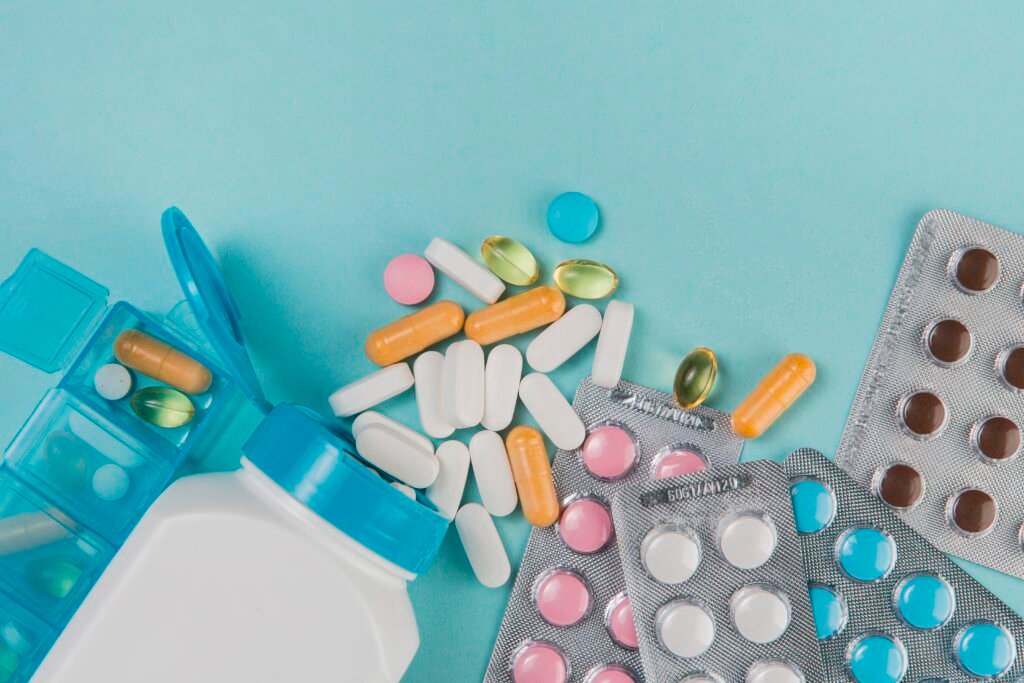In the world of pharmaceuticals, safety is paramount. Patients, doctors, and healthcare professionals all rely on the safety and efficacy of the medications they use. It’s the role of stringent quality control that ensures the highest standards of safety are met in pharmaceutical manufacturing.
The Importance of Quality Control in Pharmaceuticals
Quality control is not just a step in the manufacturing process; it’s a meticulous and ongoing commitment to the safety and effectiveness of pharmaceutical products. Here’s why it is so vital:
- Patient Safety: The primary purpose of quality control is to protect the well-being of patients. Ensuring the consistency and purity of pharmaceuticals safeguards against potential harm.
- Regulatory Compliance: Stringent quality control measures are required by regulatory agencies globally. Compliance is non-negotiable, and failing to meet these standards can lead to severe consequences.
- Product Consistency: Quality control processes guarantee that each batch of a medication is consistent with previous batches, preventing unintended variations in efficacy or side effects.
- Risk Mitigation: Detecting and addressing any issues early in the manufacturing process prevents defects or contamination from reaching patients.
Stringent Regulatory Compliance
Pharmaceutical manufacturing is subject to rigorous regulatory standards. These standards vary from country to country but often include good manufacturing practices (GMP) and a variety of quality control checks. These standards ensure that medications are manufactured in a controlled and clean environment, where each step of the production process is documented and monitored.
In-House Testing and Third-Party Validation
Quality control involves two main aspects: in-house testing and third-party validation.
- In-House Testing: Throughout the manufacturing process, dedicated quality control teams perform rigorous in-house testing to validate the quality and safety of the product. This includes testing the raw materials, intermediates, and the final product.
- Third-Party Validation: Collaboration with trusted third-party laboratories is a critical aspect of quality control. These independent experts validate and verify the results, providing an additional layer of assurance.
Transparency and Accountability
Maintaining transparency is crucial to quality control. Every step of the pharmaceutical manufacturing process is meticulously documented, allowing for complete traceability and accountability. This documentation is essential for audits, inspections, and recalls if necessary.
Stringent quality control in pharmaceutical manufacturing is not just a measure to be checked off but a commitment to ensuring the safety of patients and the effectiveness of medications. It guarantees that pharmaceuticals are produced consistently and reliably, meeting the highest standards of safety and quality.
When you choose a pharmaceutical product, you are not just relying on the manufacturer; you are trusting in a network of rigorous quality control processes. This commitment to quality control is what makes pharmaceuticals one of the most trusted and regulated industries in the world. Patients can take their medications with confidence, knowing that their safety is a top priority in the world of pharmaceutical manufacturing.



